While sheep wool is universal, alpaca and llama wool are luxurious.
Wheather you’re wool farmer or consumer, understanding the differences between alpaca, llama and sheep wool helps you leverage your investment.
Growers can choose the desired wool for production, and consumers can evaluate wool clothing and products based on their spending. Scroll down to learn more about the differences!
Introduction to Alpaca, Llama Wool, and Sheep Wool
Alpaca Wool
Do you know that alpaca wool has been extracted for over 5,000 years in South America?
Alpaca clothes were only made for royal members then. When Spanish conquistadors invaded around 1500, alpacas vanished.
However, they regained popularity in the 1800s after Englishmen started raising them.
Today, the United States, Peru, Bolivia, Chile, Australia, and New Zealand are the leading countries that raise alpaca for wool.
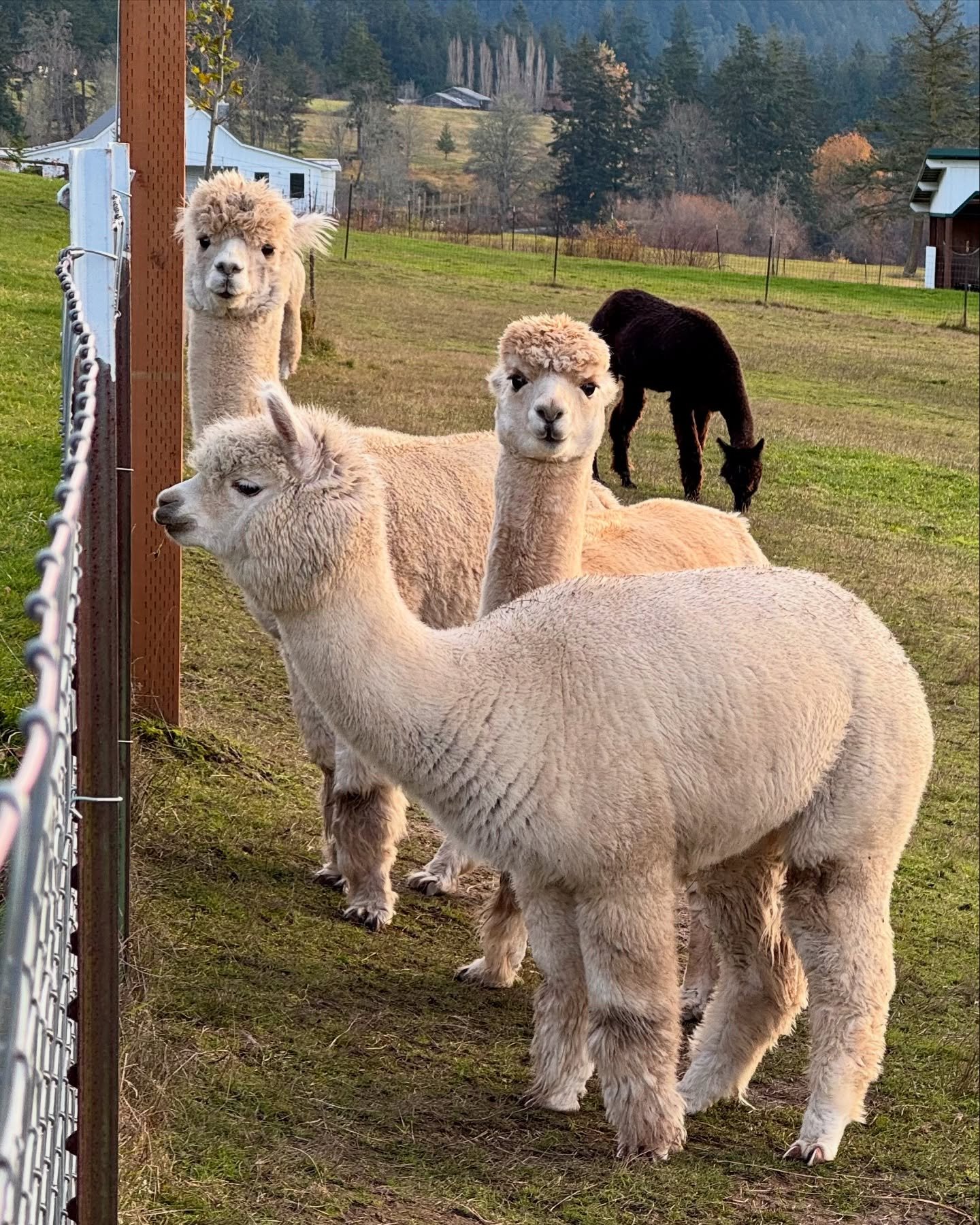
There are two alpaca breeds, including huacaya and suri, which produce wool in 22 natural colors. Alpaca wool is soft, insulating, hypoallergenic, and repellent.
They are also sturdy, lightweight, flame-resistant, and luxurious in nature.
Besides, this wool is ideal for knitwear, spinning, dyeing, felting, and weaving. They are good for warm clothes such as sweaters, socks, coats, fleece jackets, gloves, hats, and designer wear.
Llama Wool
Pre-Columbian people began raising llamas around 6,000-7,000 years ago near the Andes Mountains of South America.
By 1200, with the beginning of the Incan empire, llamas had been common domesticated animals for meat, sacrifice, fiber and pack animals.
However, the Spanish invasion disrupted the cultural and economic use of llamas and other camelids.
Llamas and their wool were reintroduced to the world around the mid-1800s. And in the 1900s, the United States also imported llamas for exhibitions.
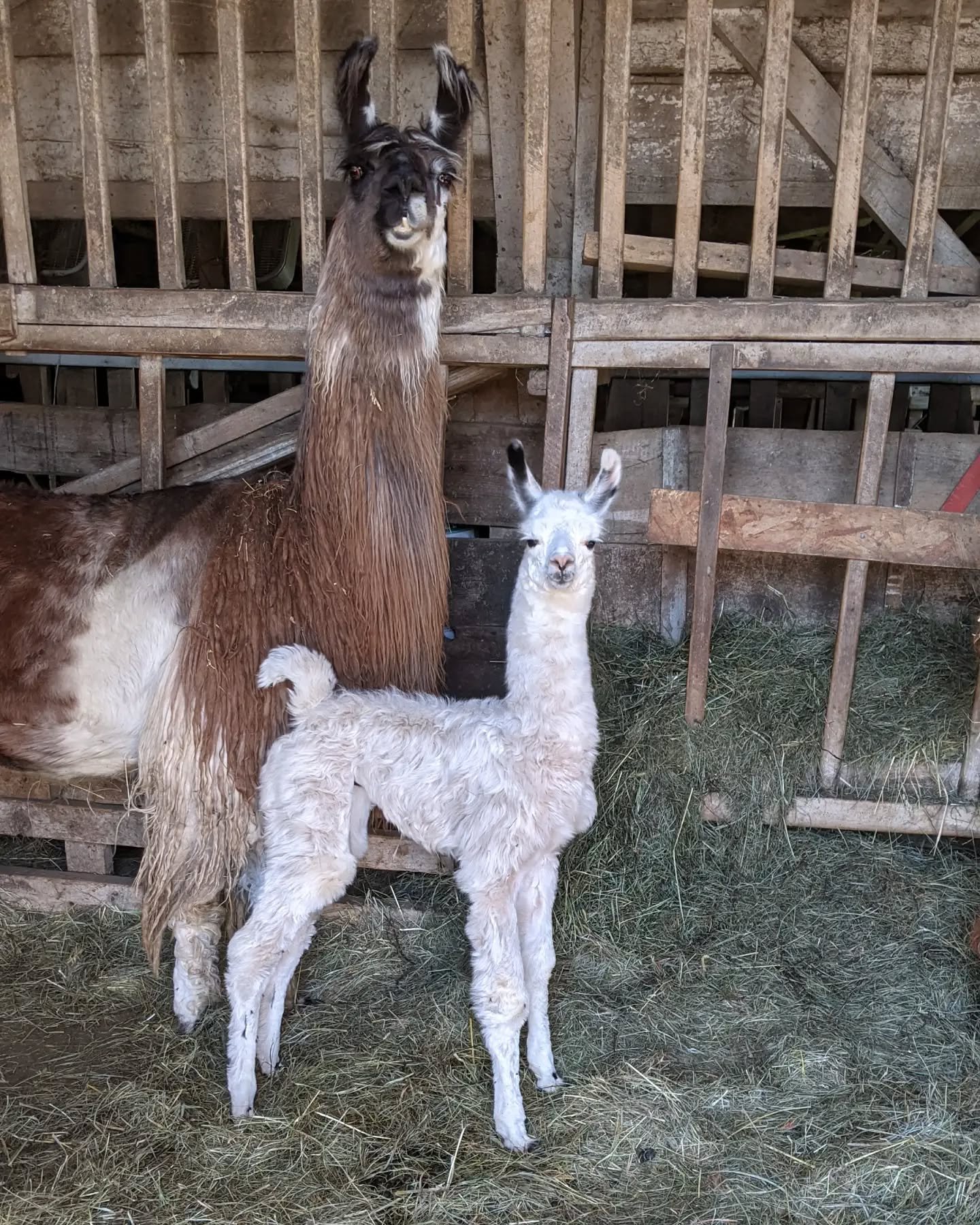
Americans began raising them in the 1970s as pets, for fiber, and as pack animals.
Llama wool is warm, moisture-wicking, flame-resistant, anti-microbial, soft, and quiet. Their coarse fiber makes good sweaters, shawls, scarves, hats, and accessories.
They are ideal for knitting or crocheting.
Sheep Wool
Sheep are one of the initial domesticated animals in human civilization.
People began raising woolly sheep around 6000 BC in ancient Mesopotamia and steering white fleece around 3000 BC.
By the Bronze Age (2300-600 BC), Western Asia had already bred sheep, which were introduced through trading to North Africa and to Europe.
Then, Greece had already established their custom around sheep and wool around 500 BC.
The wool trading flourished in European regions in the Middle Ages, which built today’s Netherlands, England, Belgium, France and Italy.
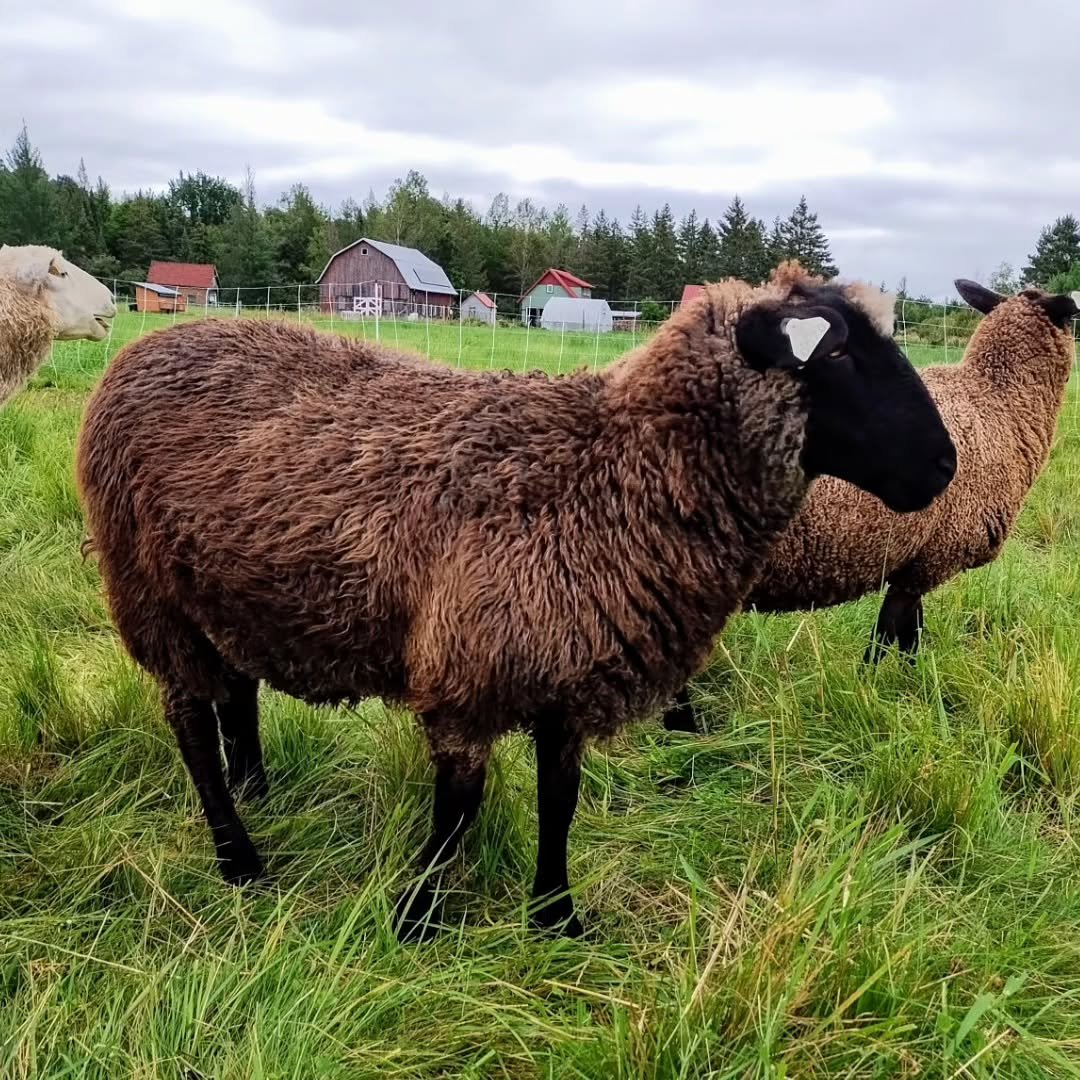
When Christopher Columbus discovered America in 1492, he introduced Spanish sheep to Americans, who spread the animals through Mexico and the western United States
There are around 1,000 different breeds of sheep across the world, with over 60 in the US.
Sheep wool is elastic, tear resistant, hygroscopic, UVA protective, soft, shiny, flame and moisture resistant.
Common uses of sheep wool include Insulating fiber, mulch, furniture items, skincare, brick reinforcement, fertilizer, packing material, and fire-fighting items.
Key Differences Between the Wools
Fiber Texture and Softness
Huacaya Alpaca grows a dense, soft, and crimpy sheep-like fiber, while Suri produces silky pencil-like locks.
Alpaca wool is soft and silky to the touch. Good quality alpaca fiber measures 18 to 25 microns but can range from 20 to 35 microns in diameter.
Similar to alpacas, llama fleece comes in two types: ccara and chakus. Ccarra or classic fiber extracted from the beasts of burden. The chakus, on the other hand, have single-coated fleece with soft and thicker fiber, and their hair falls over their eyes.
Many raise llamas for 20-30 microns, but their undercoat ranges from 20 to 40 microns.
Unlike camelids, sheep wool is softer and can measure 11–15 microns in Ultrafine Merino. However,
Fine Merino has 18–24 microns, and Mid-grade wools (such as Corriedale) measure 25–30 microns. Don’t forget that Coarse wools (such as Scottish Blackface) have a rough texture with a diameter of 35–40 microns.
Experts have to say that alpaca wool is softer than sheep wool. However, you can also opt for lambswool if you have sensitive skin.
Warmth and Insulation
Alpaca fibers contain a hollow core, which creates a greater thermal capacity. On the other hand, sheep’s wool has pockets of air to trap and retain warmth without getting too heavy.
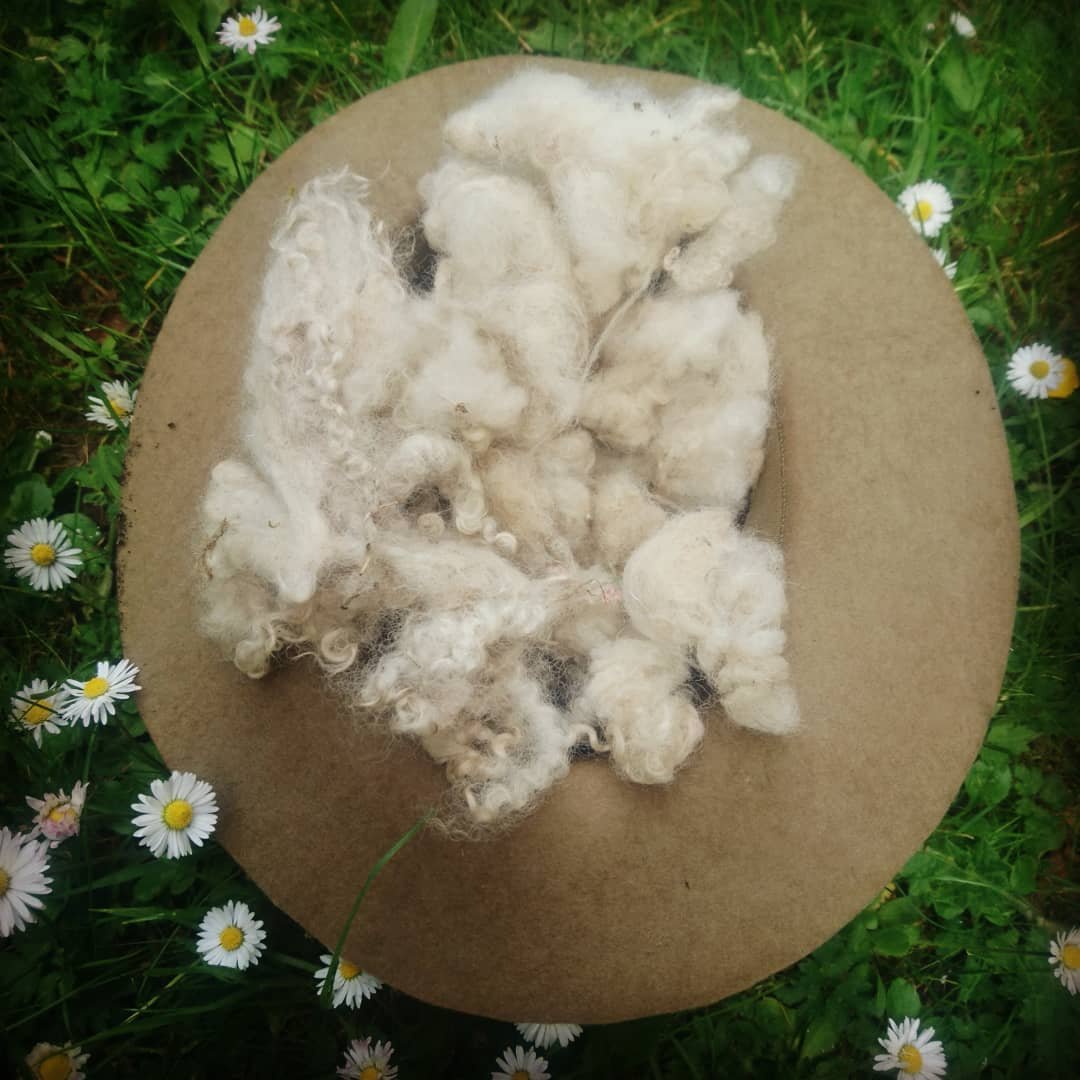
Both fibers enable air to saturate the surface and get trapped inside for heat, like a polar bear’s fur.
But, llamas have more warm air for stuffing materials, providing additional warmth to the sheep’s wool. On the other hand, llama fibers are bigger and more hollow.
With that said, these fibers are coarser and slightly warmer than alpacas and sheep.
Sheep wool clothing can be worn throughout the year, while alpaca and llama wool clothes are more suitable for colder regions.
Durability and Strength
As alpacas don’t contain lanolin or excess oil, their fine yarn is less likely to form pills, making the wool strong and durable.
However, their wool is prone to pilling over time, so it needs more care to preserve its softness and appearance.
On the other hand, llama wool’s coarse fiber allows it to be used for heavy purposes, including blankets or outdoor gear. It also ensures frequent washing and other outdoor exposure.

Sheep wool contains fiber-like coiled springs, which can bend up to 20,000 times without breaking. Its dense and robust fiber makes it a good choice for rugs.
But sheep wool is less strong and durable than alpacas and llamas. And llama fiber can be best for long-lasting products.
Weight and Lightweight Properties
Lightweight properties are ideal for layering and travel gear.
Unlike others, merino wool is solid and heavy, whereas alpaca wool is three times lighter than sheep’s.
Their hollow structures enable fibers to trap microscopic pockets of air, retaining and expelling heat based on the weather.
Like alpaca, llama wool contains a hollow core, aka medullation, providing a suitable weight-to-warmth ratio for making lightweight fiber. But its thicker texture makes it heavier than alpaca.
On the other hand, sheep wool can be light or heavy, depending on the type of sheep and the wool cut.
As alpacas are softer than sheep and llamas, they enhance their lightweight feel.
Water Resistance and Moisture-Wicking
Although alpaca wool is not waterproof, it is water-repellent, and it removes moisture from your body by 85%, which is greater than Merino wool.
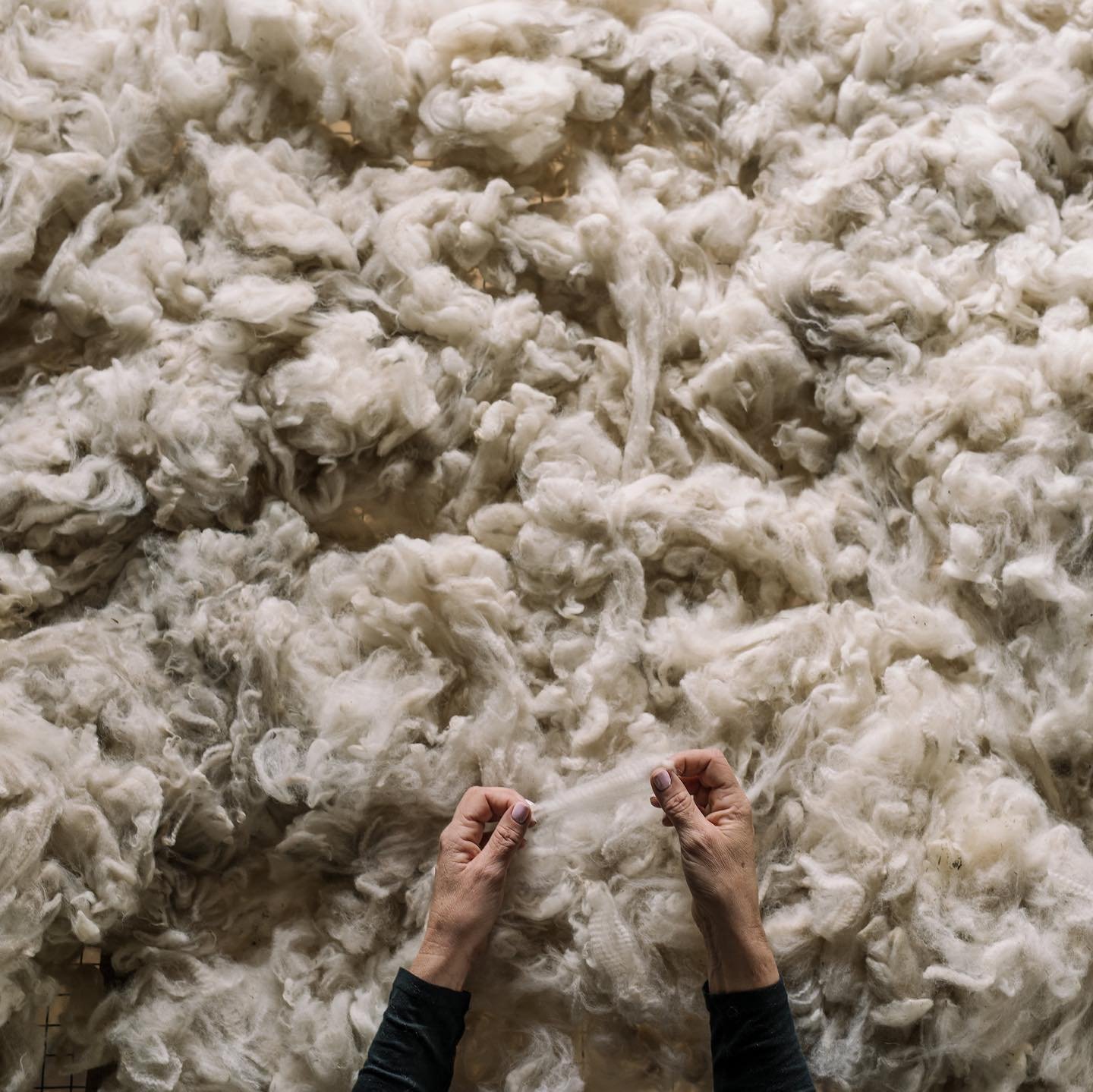
It resists external water penetration and wicks away perspiration like a cotton fiber.
It can absorb 10% of water content.
This helps alpaca get lighter than sheep wool and warmer than cotton in cool and wet conditions.
Llama fiber also similarly retains water to alpaca fiber, but is still lower than other types of wool, which retain 16–30% of their weight in water.
In moisture-wicking, sheep wool wins as it can hold 30% of its dry weight in water.
Hypoallergenic and Comfortable
As alpaca wool does not contain lanolin, a natural wax, so it is not prickly and becomes hypoallergenic. Lanolin preserves dust and other microscopic allergens that can cause skin irritations.
So the users can feel free from skin issues like eczema or dermatitis.
These fibers are also breathable and softer to the touch, which makes the body feel more comfortable.
But llama wool holds lanolin in a bare minimum quantity, reducing the risk of allergic reactions.
Unlike others, sheepskin boasts a waxy coating of lanolin, which makes the fibers slippery and protects the sheep from extreme climates.
Though many claim that sheep wool is hypoallergenic, the fibers can trigger skin irritation due to lanolin.
Production and Quantity
Wool production depends on breed, age, feed quality, and climate.
An adult alpaca weighing 150 pounds yields 5-10 pounds of fleece per animal per year. But llamas can produce only 6-8 pounds of wool per shearing, which happens every two years.
Do you know that 90 percent of sheep produce wool across the world?
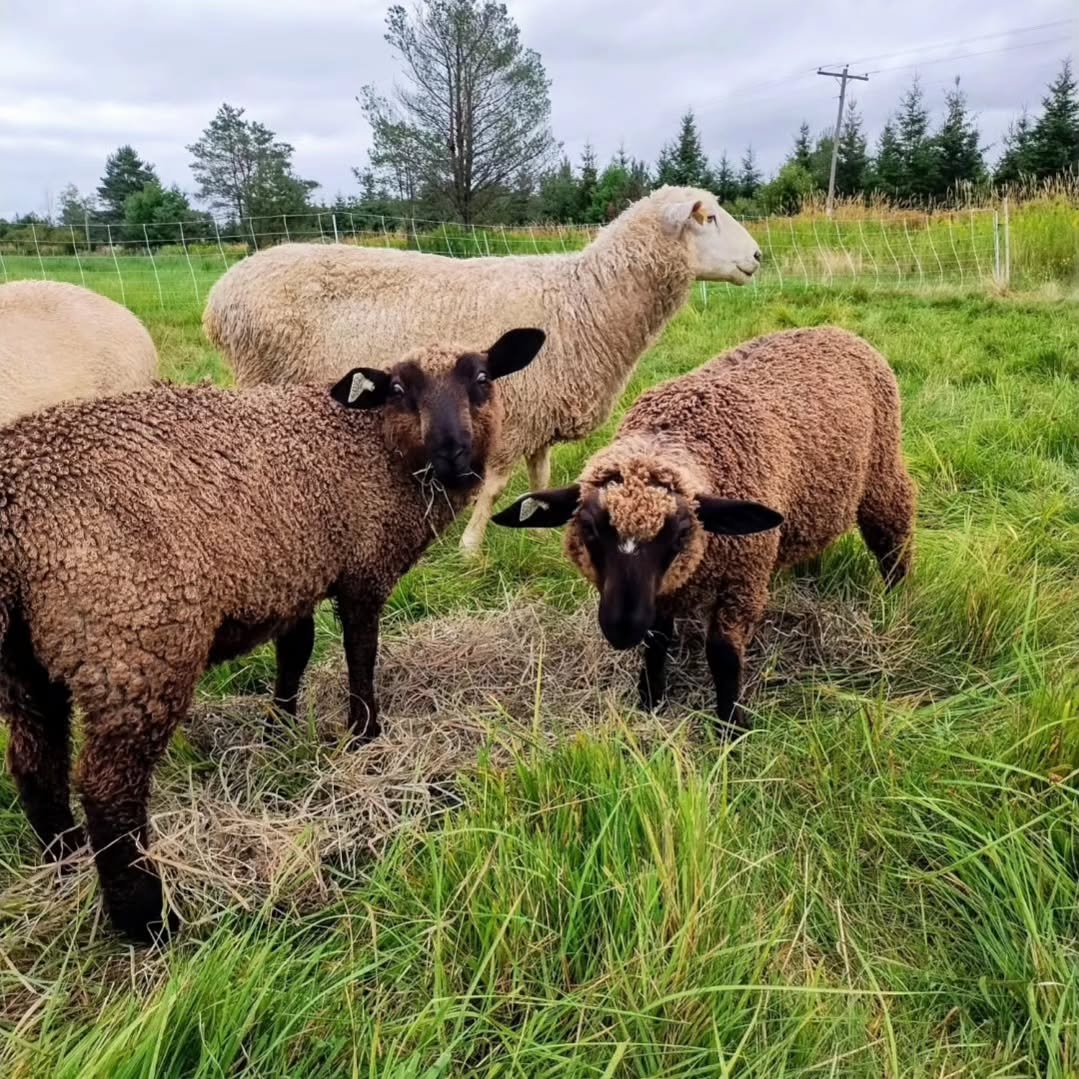
Sheep can produce wool fiber anywhere between 2 and 30 pounds annually, depending on breed.
Cost and Accessibility
Alpaca wool is luxurious. If the fiber is high-quality, it costs around $2- $4 per ounce. The average price of alpaca wool is $0.50-$0.75 per ounce.
However, llama wool is worth around $20 to $ 50 per pound.
As sheep wool is widely available, it is more affordable than alpaca and llama. You can get one pound of sheep wool between $2 and $10 in the US.
[The cost of wool is subject to market demand and supply, breed, and production effort. So, the price mentioned is only a general idea and doesn’t claim to be a fixed figure.]
Alpaca vs. Llama Wool vs. Sheep Wool: Which is Best for You?
You need to consider factors such as project type (knitting, blankets, clothing, homeware), climate (cool or cold), and budget.
Personal preferences, including fiber choice, luxury, and lifestyle, can also help you decide on the wool to use.
Here are some recommendations for specific uses:
- Alpaca wool: Best for soft, warm, hypoallergenic clothing
- Llama wool: Best for durable, outdoor items
- Sheep wool: Best for versatile and widely available products
Final Thoughts
If you cannot find a real gem of wool in a single type, you can combine two or three. Wool artists or even manufacturing companies do the same for better comfort and durability.
After using the wool products, you may need to maintain and care for them for longer periods, so you should also consider the effort required.



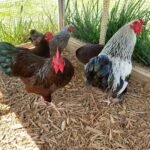
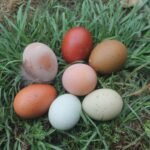


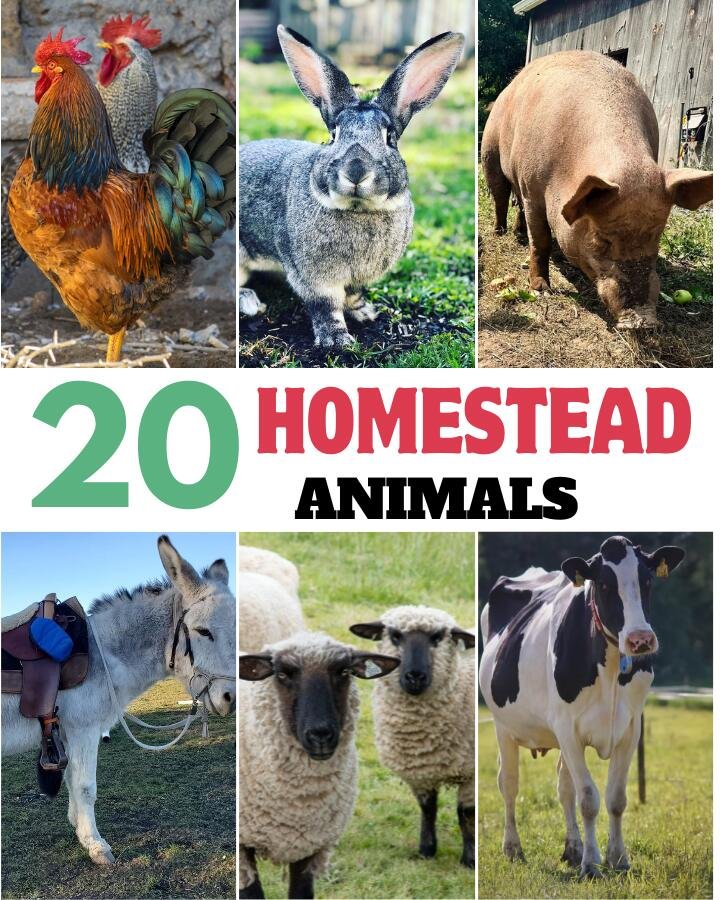
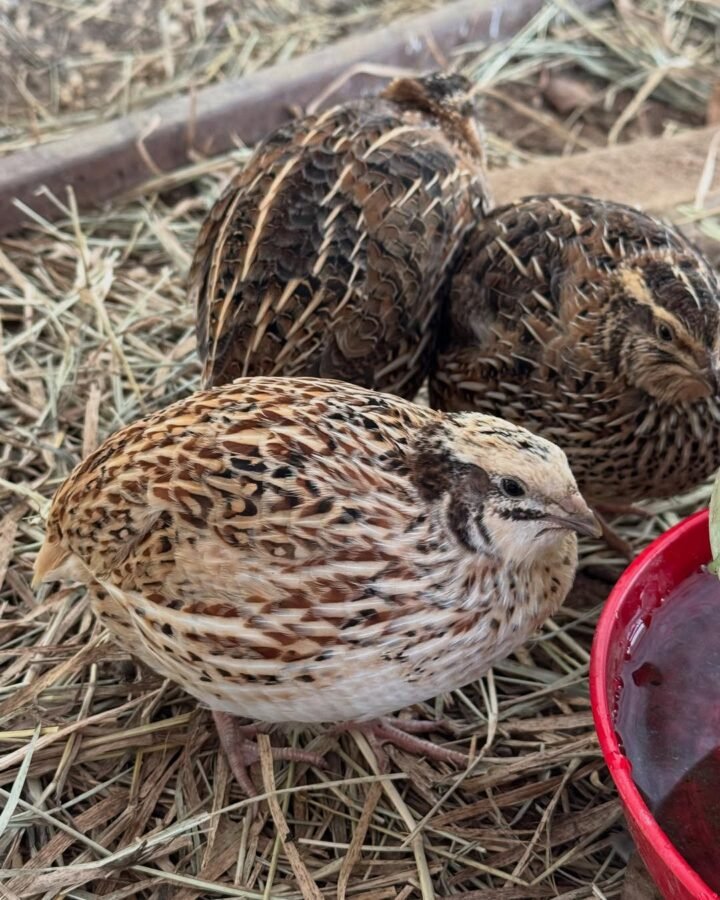
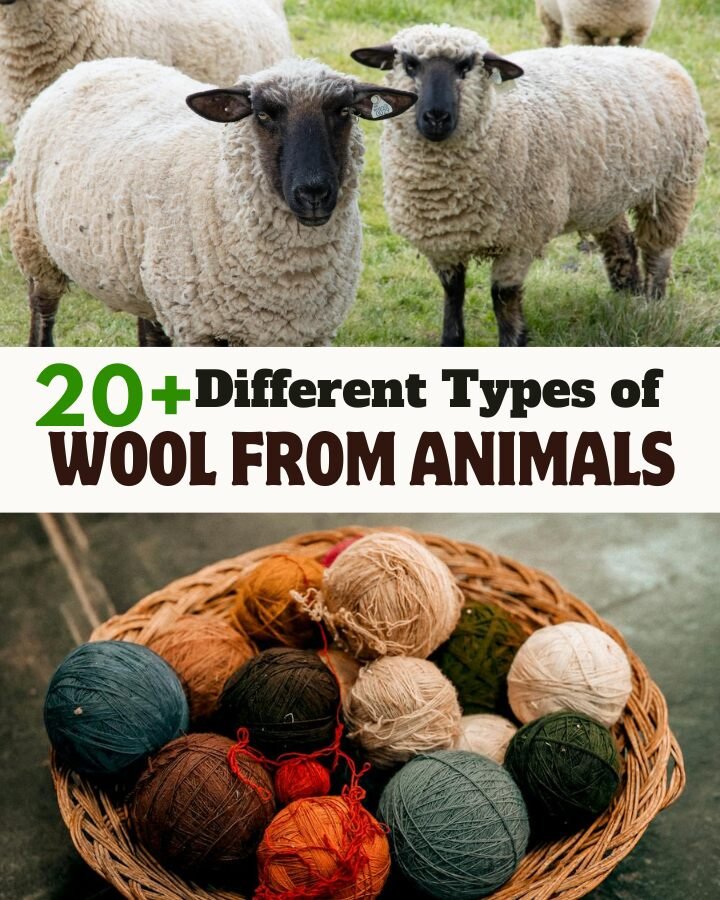
Leave a Reply